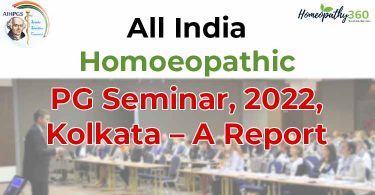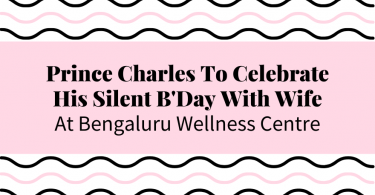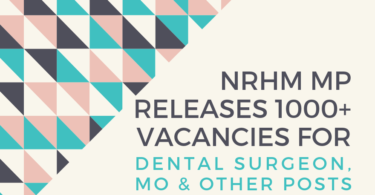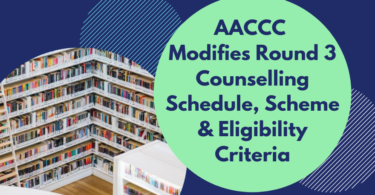The Union Government has done well to launch ‘bridge courses’ to add to the number of primary healthcare professionals. They will not be qualified MBBS doctors but suitably equipped to tackle basic medical care needs, especially in rural areas
In view of an acute shortage of medical professionals and also their reluctance to serve in the rural sector, especially those in remote areas, citing various valid / nvalid reasons, the Government has taken a welcome move: It is working towards the integration of Ayush practitioners into the fold of modern medicine to help meet its goal of universal health coverage.
The Union Ministry of Health has launched the ‘The Bridge Programs on Certificate in Community Health for Nurses and Ayurveda Practitioners’ from this year in collaboration with IGNOU, wherein qualified human resource may function as Mid-Level Health Care Providers, to be called Community Health Officers (CHOs).
They will be at health sub-centres which could be developed as ‘Health & Wellness Centres’.
States like Odisha, Jammu & Kashmir, Uttar Pradesh and Punjab have lapped up the programme. While the first batch of nurses undertaking the bridge course will be rolled out soon in many States, certificate programme for Ayurveda practitioners holding bachelor of Ayurvedic Medicine and Surgery (BAMS) will be launched next month or so. Here, we will limit our focus on the Ayurveda practitioners’ role in primary healthcare which deals with basic medicine, immunisation, elementary drugs for minor ailments, antenatal, natal and post-natal care and common childhood diseases.
If these are tackled at the primary level itself, we will be able to meet many of our goals, said Joint Secretary in the Union Health Ministry, Manoj Jhalani. A five-year rural posting has been made mandatory to all those keen to do the bridge course.
The course, aiming to recruit them as the CHOs, has been rolled out as there had been stringent opposition from the Indian Medical Association to the Government’s plan for the introduction of a 3&1/2 year Bachelor of Science in Community Health (BSC CH) course in the country.
As per the IMA, while the doctor population ratio according to the World Helath Organistion (WHO) norms should be 1:1,000, in India it is 1:1674, indicating that there is an overall shortage of doctors in the country — which is more pronounced in the rural areas. The IMA quotes Medical Council of India figures to state that the total number of doctors in India is 9.32 lakh, while there are 6,86319 Ayush practitioners (including from Ayurveda, Homoeopathy and Unani streams).
Presently, thousands of Ayush practitioners are already helping provide basic medical services and even help save lives by minimising fatal effects of easily treatable conditions like diarrohea, malnutrition and pneumonia in the remote areas.
As recommended by a Group of Ministers, the Government was also in talk with the MCI for amendments of relevant Acts so that Ayush doctors, nurse practitioners or those with a graduate degree in community health can prescribe essential medicines,
he said. In fact, more and more States are allowing practitioners of Ayush (Ayurveda, Yoga, Unani, Siddha, and Homoeopathy) appointed in Primary Health Centres in its rural areas to practice allopathy during ‘emergencies’.
The latest to join the list was Karnataka early this year. Presently 13 States, including Maharashtra, Tamil Nadu, Gujarat, Punjab, Uttar Pradesh, Bihar, Assam, and Uttarakhand have made integrated practise legal.
JV Hebbar, a prominent Ayurveda expert, in his blog, notes, “There is no point in forcing MBBS doctors to practice in rural India. In Ayurveda syllabus, we study anatomy, physiology, pathology and herb — pharmacology. We dissect human bodies to learn anatomy and physiology. Learning about allopathic pharmacology is also included in BAMS syllabus. We are well versed with the various minor surgical procedures.
“We invest 5.5 years to become doctors. Practicing of allopathy by ayurvedic doctors is already legal in a few States such as Maharashtra. Hence, why not make a bridge course of six months to orient aspirant Ayush doctors with modern pharmacology and a list of allopathic medicines and give them rights to practice in rural India?”
While appreciating the move, Dharminder Nagar, MD of Paras Healthcare, however, has a word of caution. “How will the authorities ensure the bridge course-trained practitioners stick to their job description of dispensing only basic medical care in rural or remote areas? Patients with serious conditions, who need immediate critical care, often end up aggravating their disease or even losing their lives in the hands of untrained doctors.
“Any such training to Ayush practitioners must, therefore, strictly be aimed to enable them dispense basic medical care and only in areas where qualified MBBS doctors are absent. This must strictly be a stop-gap arrangement, not a long-term solution. The long-term solution lies only in producing more doctors and increasing the presence of public and private healthcare to remotest of regions”, he said.





